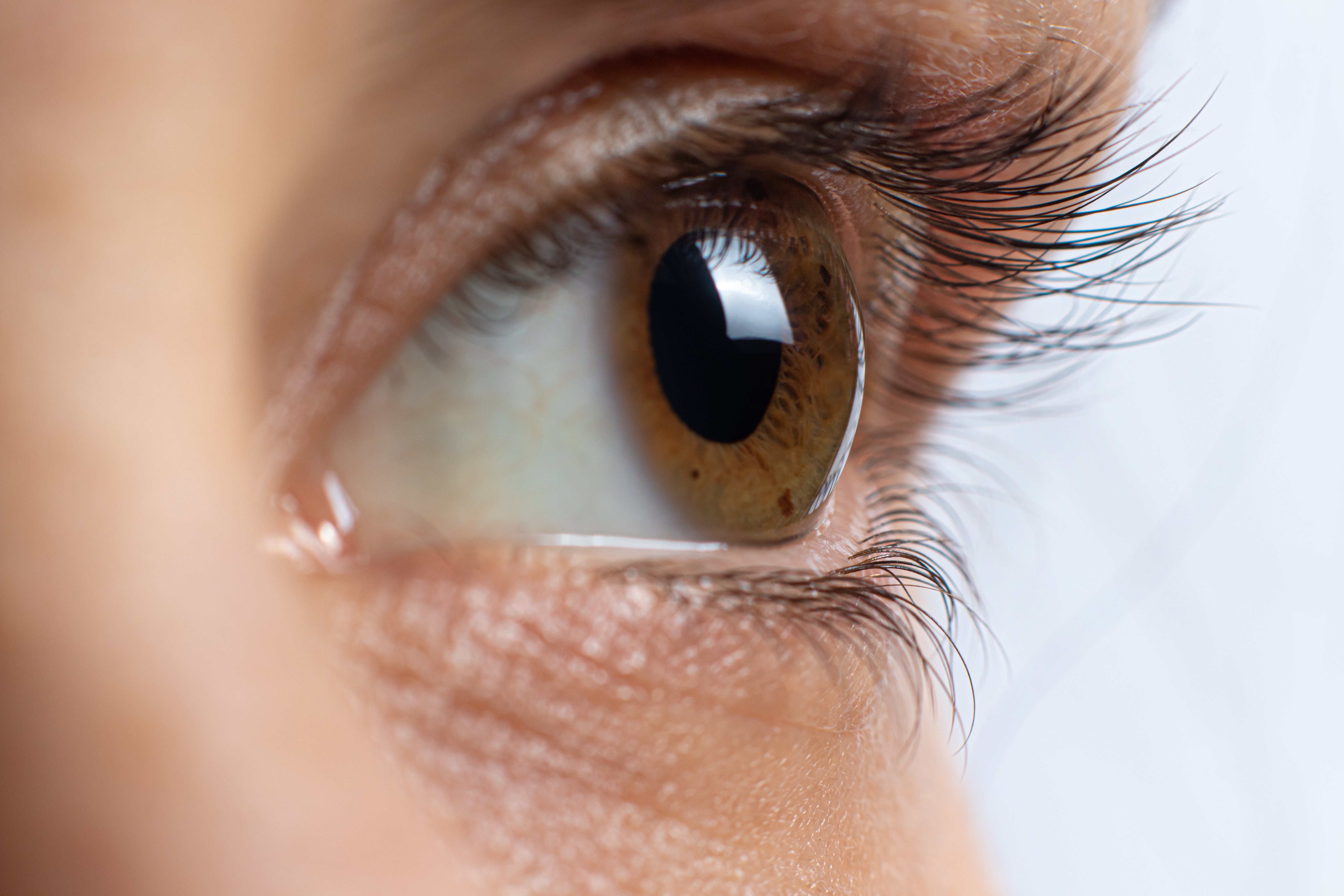
The cornea is the clear part of the eye. It has a dome shape that helps it as it performs its function. The cornea focuses light into the lens through the pupil. But sometimes, the cornea may thin and lose shape, causing blurriness and distortion of vision. One of the conditions that may cause the cornea to lose shape is keratoconus.
What Is Keratoconus?
The word keratoconus translates into horn and cone in the Greek language. The condition causes the cornea to thin and distorts its shape. The dome shape that helps light focus as it enters the eye becomes a lopsided cone, hence the term keratoconus.
The condition often develops in the teenage years and young adulthood. It slowly worsens and results in vision distortion in adults.
Treatment
The treatment of the condition focuses on stopping the changes to the corneal shape. It also seeks to improve visual acuity. However, the kind of treatment depends on the severity of the keratoconus and how fast it progresses.
For mild cases of keratoconus, the doctor may recommend prescription eyeglasses or contact lenses. However, you may require constant prescription changes due to the progressive nature of keratoconus.
Many doctors will opt for specialty contact lenses. These can handle the changes that keratoconus causes. There are three main types of specialty lenses doctors will use. Here is a look at each and why it is ideal for treating keratoconus.
Rigid Gas-permeable Contact Lenses
These contact lenses are ideal because they help reshape your cornea. Hence, they minimize the distortion that keratoconus causes. As an additional positive, the lenses allow oxygen to pass through them. The eyes get to breathe, making you more comfortable.
Piggyback Lenses
However, some people still find rigid gas-permeable contact lenses uncomfortable. To relieve the discomfort, the doctor may use piggyback lenses. The design places the hard contact lens over a softer, more comfortable lens.
Hybrid Lenses
These lenses are also more comfortable for patients dealing with keratoconus. Like piggyback lenses, they have hard and soft parts of the lens. In this case, the hard part is at the center, and the soft part is on the outer edge. The placement of the hard part in the center of the lens maximizes the clarity of vision. The outer lens maximizes comfort.
Scleral Lenses
These lenses are an alternative to the two above. Some people may prefer these lenses and feel they are more comfortable. They rest on the sclera or the white part of the eye. The sclera is less sensitive than the cornea. The fit prevents them from moving around on the eye or falling out. Thus, patients are more confident when they use scleral lenses.
They work similarly to rigid gas-permeable lenses by providing an adequate tear film or liquid layer. The liquid layer between the front of the eye and the contact lens masks the corneal irregularity keratoconus causes, hence the comfort and ideal fit of the lenses.
Specialty contact lenses are ideal for keratoconus since they help provide comfort and clarity of vision.
For more information on keratoconus, visit Clarity Vision at our offices in Clayton, NC. Call (919) 550-4801 to book an appointment today.
















